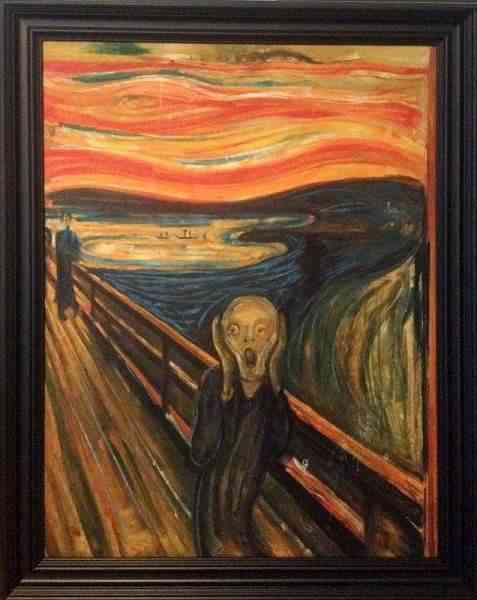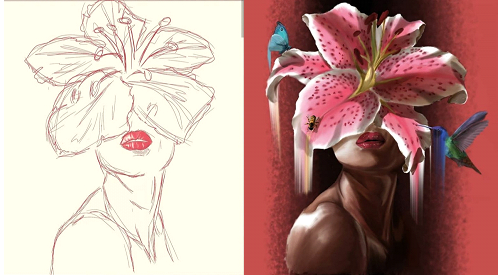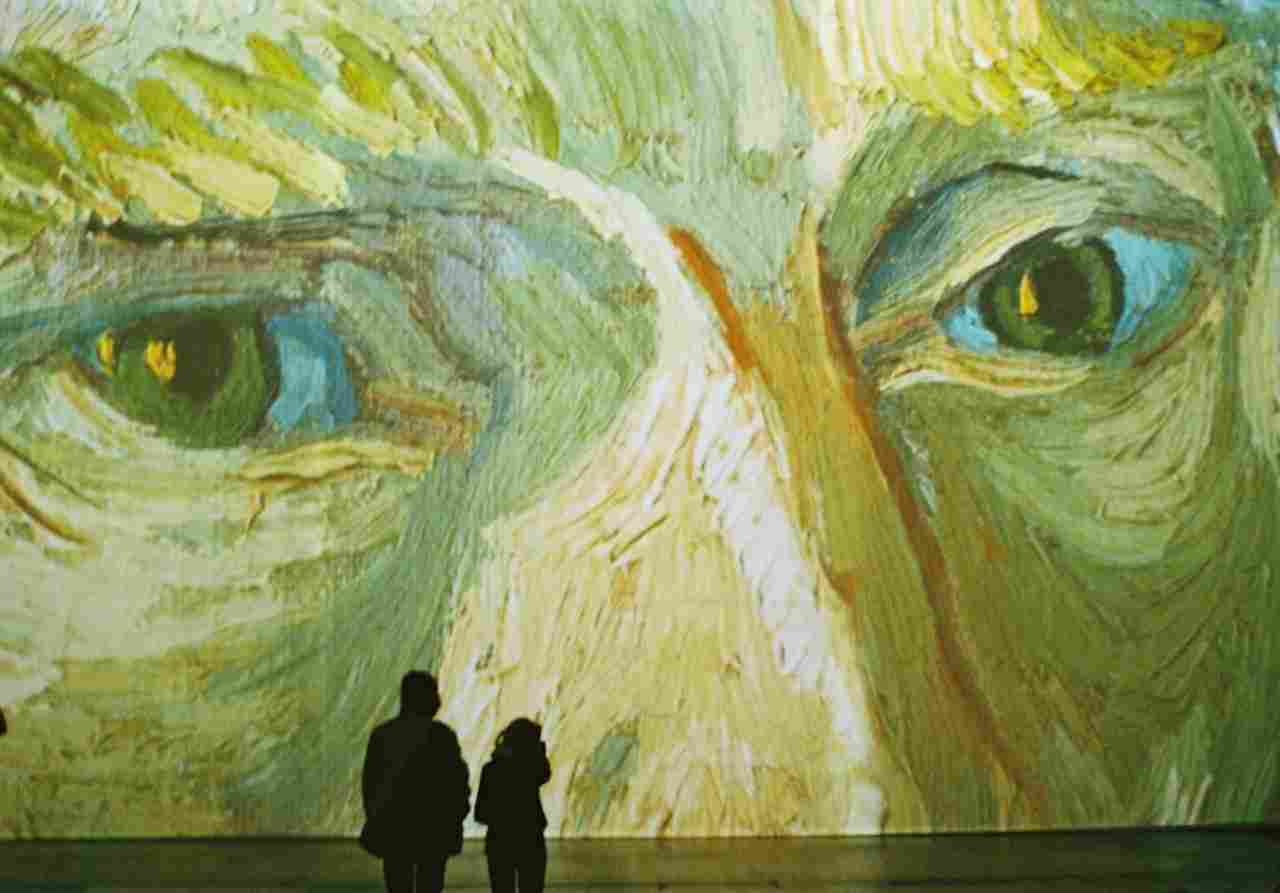To understand the interaction that creates an emotional bridge between art and it's viewers, we must reminisce masterpieces by artists from previous generations that convey emotions to us through shapes and colors in a way that not all people hear similarly.

But if the artist wanted to transmit that feeling with digital material, he would need something other than a brush or a carving tool to express his inner thoughts and emotions.
One can easily conclude that the enormous breakthrough of digital technology did not leave art out of the equation, which made it more convenient for anybody to unleash their artworks upon the world, not limited by the physical material. However, there is no doubt that the understanding of traditional art-making provides a broader knowledge and a deeper understanding of different techniques and materials.
Analog art is a kind of art that requires manipulation by hand, such as painting, sculpture, and film photography, which cannot be easily reproduced. Its physical, tactile experience holds within it such complexity that immediately translates the journey of paintbrushes over the canvas and the strokes of carving tools on the marble that differs from one attempt to another and from artist to artist. It all indicates that analog art is unique, thus more valuable.
With traditional art-making tools, you're able to experiment freely with your material, which leads to having unique experiences and different results. It also corners you to improve your problem-solving skills by acknowledging the flaws of your creation and figuring out ways to correct it, either by erasing the mistake or redoing the piece. By the end of it, you would have developed better hand-eye coordination that prevents you from making similar mistakes in the future.
Nowadays, artists tend to replace analog tools with digital ones, where the paintbrush and the materials are replaced by styluses and carefully chosen pixels. For example, you can scan an acrylic painting or a pencil drawing for it to be recreated on your device and developed with photo-editing software like Photoshop or Procreate.

The base process of digital and analog is obviously very different, and the combination between the two leads to fantastic results in the right hands.
However, the benefits of analog art rely on how we can still argue on a piece knowing that no one would understand it like the artist who created it. Although digital art doesn't require any fewer skills than analog art and your ability doesn't lie in your tools, the interaction between humans and inanimate objects is more real than what digital art can provide.
Analog art remains the core of digital art, in terms of scale and the degree of impact.
Please subscribe for similar great stories. Thank you.


